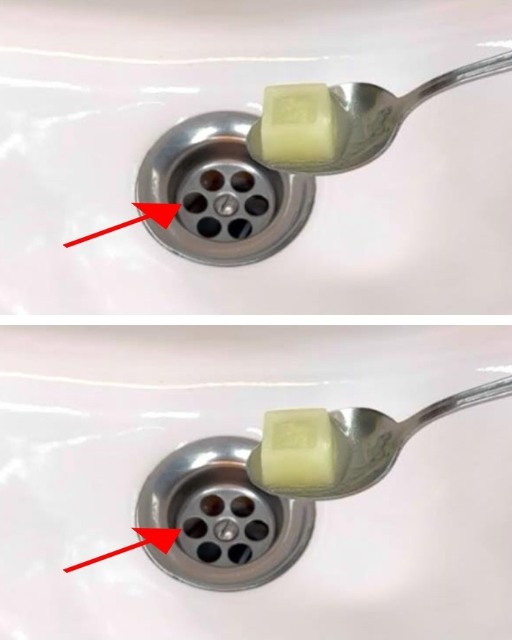ADVERTISEMENT

Throw it in the sewers and forget about the blockages in the pipes.
—
ADVERTISEMENT
## ✅ The All-Natural Sewer Solution
This method uses ingredients you probably already have in your kitchen. Here’s what to throw into your pipes:
### 🧪 Ingredients:
* **½ cup baking soda**
* **1 cup white vinegar**
* **Boiling water**
* Optional: **a few drops of essential oil** (like lemon or tea tree for a fresh scent)
—
## 🔧 Instructions:
### 1. **Start with Baking Soda**
Pour **½ cup of baking soda** directly into the drain or toilet. It will cling to the inside of the pipe and begin loosening grime and debris.
### 2. **Add White Vinegar**
ADVERTISEMENT
Slowly pour **1 cup of white vinegar** down the drain. It will react with the baking soda, creating a fizzing, foaming action that breaks up grease, soap scum, and minor blockages.
### 3. **Let It Sit**
Allow the mixture to sit for **15–30 minutes**. For deeper blockages, you can leave it overnight.
### 4. **Flush with Boiling Water**
Carefully pour a kettle of **boiling water** down the drain. This helps flush out loosened residue and clears the way for better water flow.
ADVERTISEMENT
> For toilets, use **hot (not boiling) water** to avoid cracking the porcelain. Let the baking soda and vinegar sit, then pour the hot water and flush.
—
## 🌿 Why It Works
* **Baking soda** is a mild alkali that helps break down acidic buildup inside pipes.
* **Vinegar** is acidic and reacts with baking soda to create a fizzing action that dislodges grime.
* **Boiling water** melts grease and flushes out residues.
Together, they make a **safe yet powerful natural cleaner** for your plumbing system.
—
## 🧼 Bonus: Keeps Pipes Smelling Fresh
In addition to unclogging, this combo **neutralizes odors**, making it ideal for musty-smelling sinks, bathroom drains, and garbage disposals.
Add a few drops of **lemon, peppermint, or eucalyptus oil** for an extra burst of freshness.
—
## 🔁 How Often Should You Use It?
* **Monthly** as a preventive treatment
* **Immediately** if you notice slow drainage
* **After heavy use** (like post-holidays or big cooking weekends)
—
## ⚠️ A Few Notes of Caution
* Don’t use this method right after applying chemical drain cleaners—**mixing them can be dangerous**.
* Severe blockages from tree roots, compacted grease, or objects will still require **professional plumbing help**.
* Not recommended for **completely blocked** drains where water isn’t moving at all.
—
## Final Thoughts
Clogged pipes don’t have to mean panic or a plumber bill. This **simple natural solution** is easy to “throw in the sewers” (or drains!) and forget—because it does the work for you.
With regular use, it helps keep pipes **clear**, **odor-free**, and **flowing smoothly**—without harsh chemicals or damage.
—
Want a printable version of this recipe or tips for unclogging tough drains? Just let me know!
ADVERTISEMENT